Wild rice
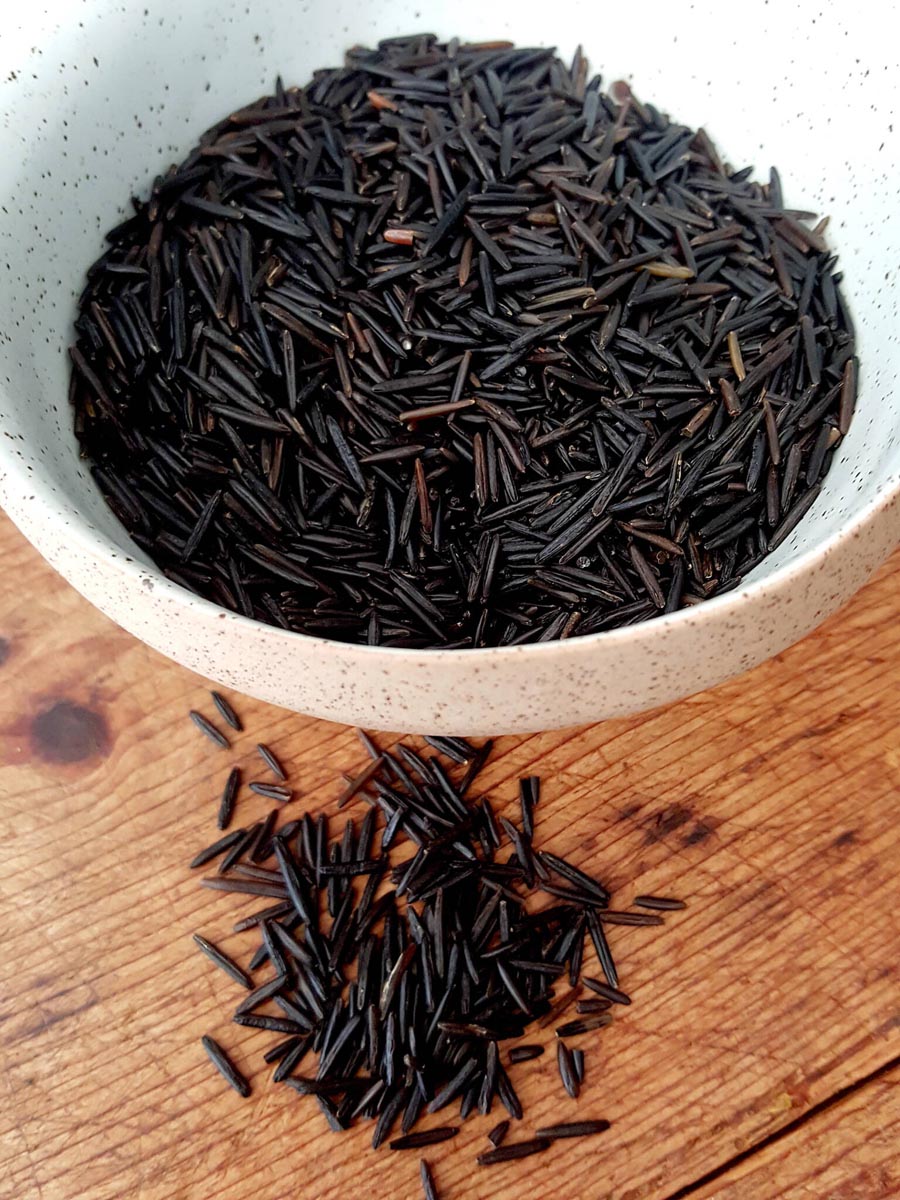
Is wild rice actually rice? Is it better for you than white rice?

Is wild rice actually rice? Is it better for you than white rice?
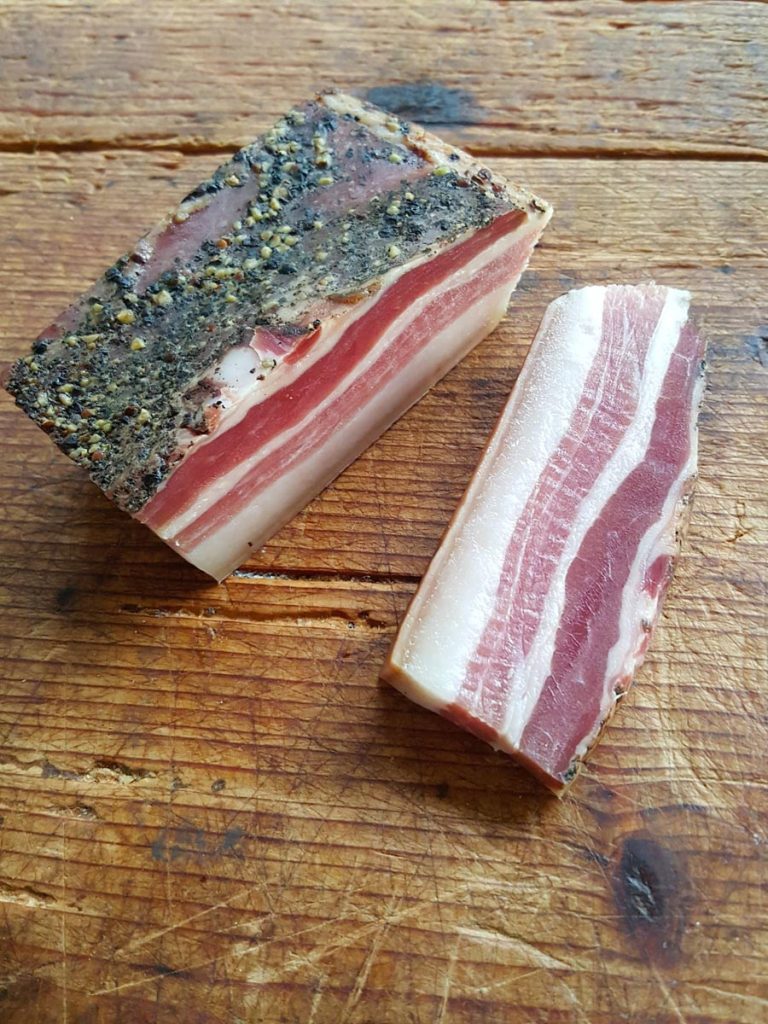
Hard to resist … nuggets of golden salty deliciousness!

Sweet pineapple sage – it truly does taste of pineapple!
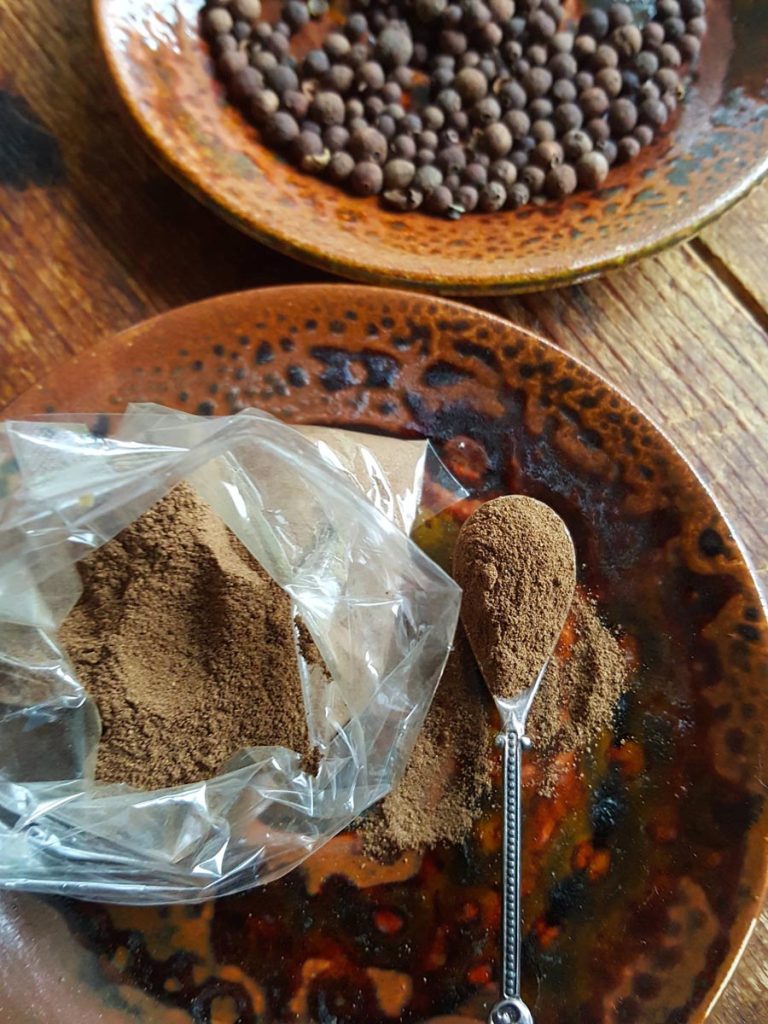
Understand the magic of allspice … it can add layers of flavour to savoury and sweet dishes.
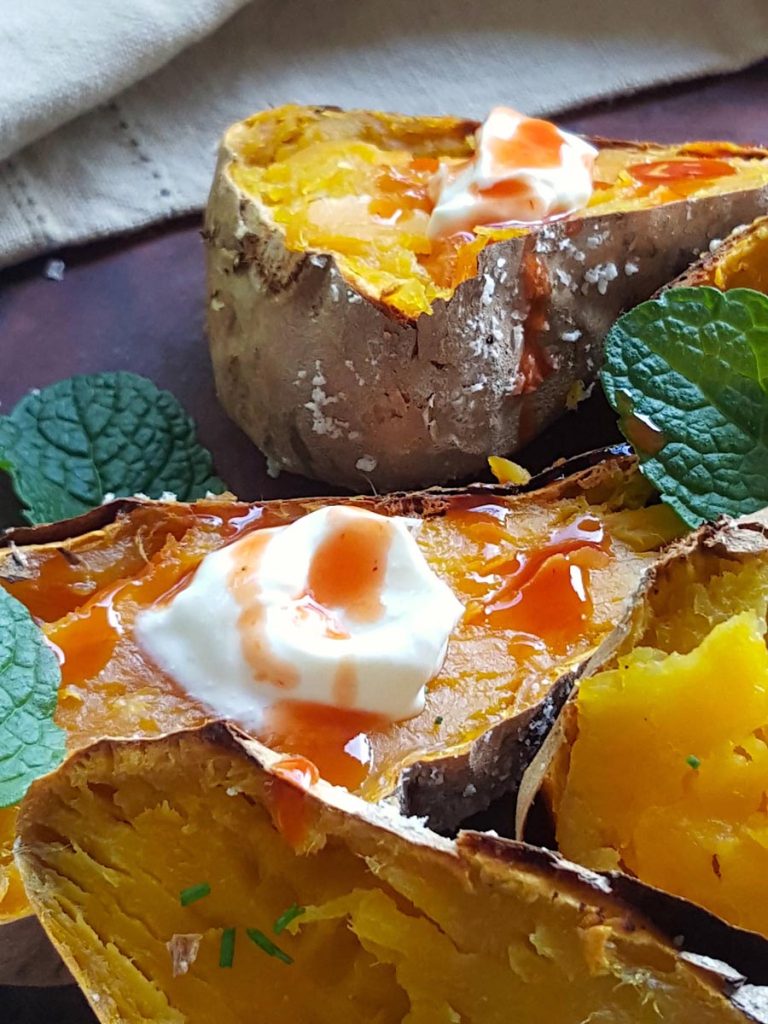
Ohhhh … would you look at that! Zero prep. Zero leftovers. Scrumptious.
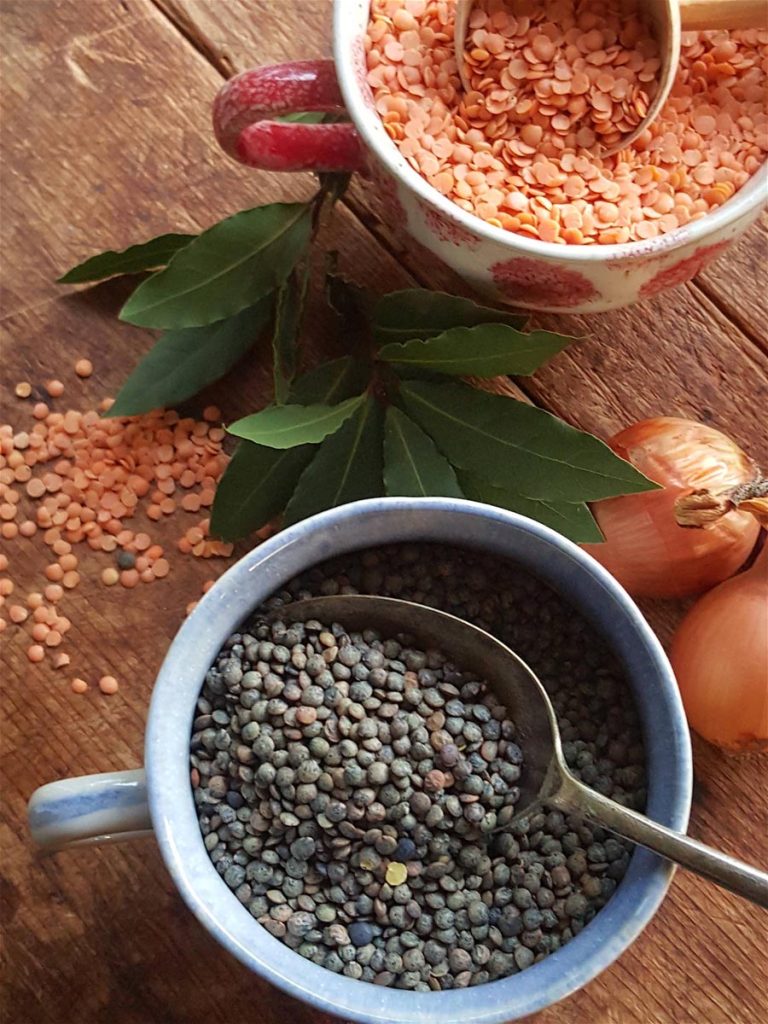
Use seasonal vegetables to help the budget.
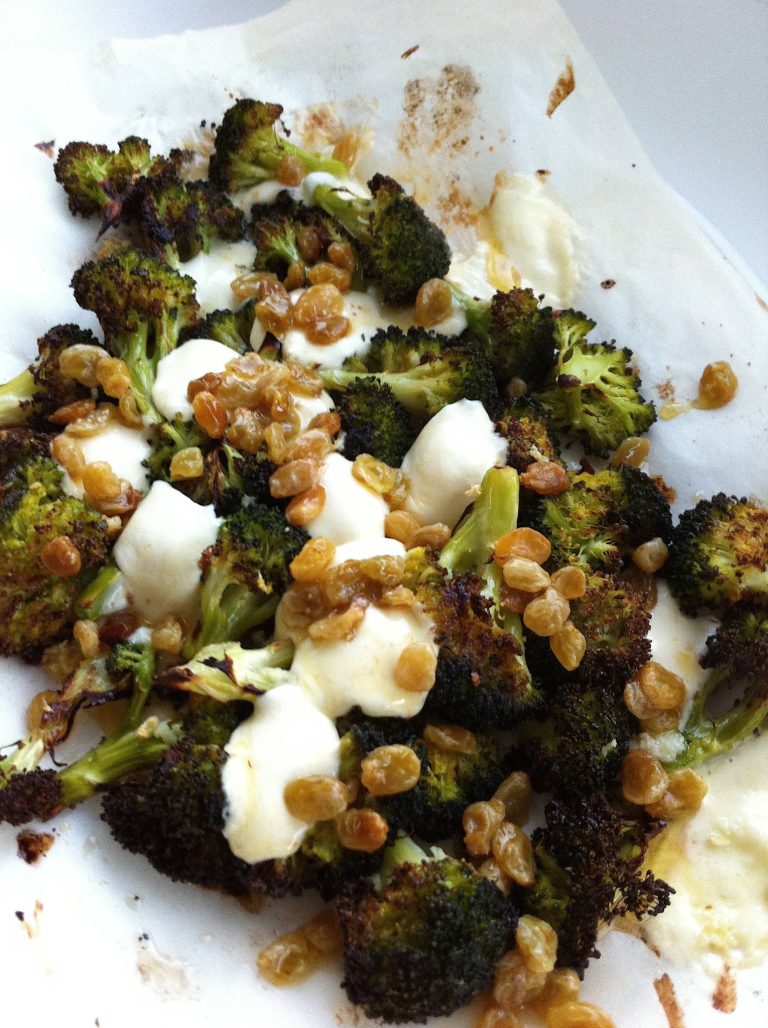
Sultanas add sweet and juicy pops of flavour to dishes.
No products in the basket.
Welcome to the new Shared Kitchen experience! If you encounter any issues, please let us know. Dismiss